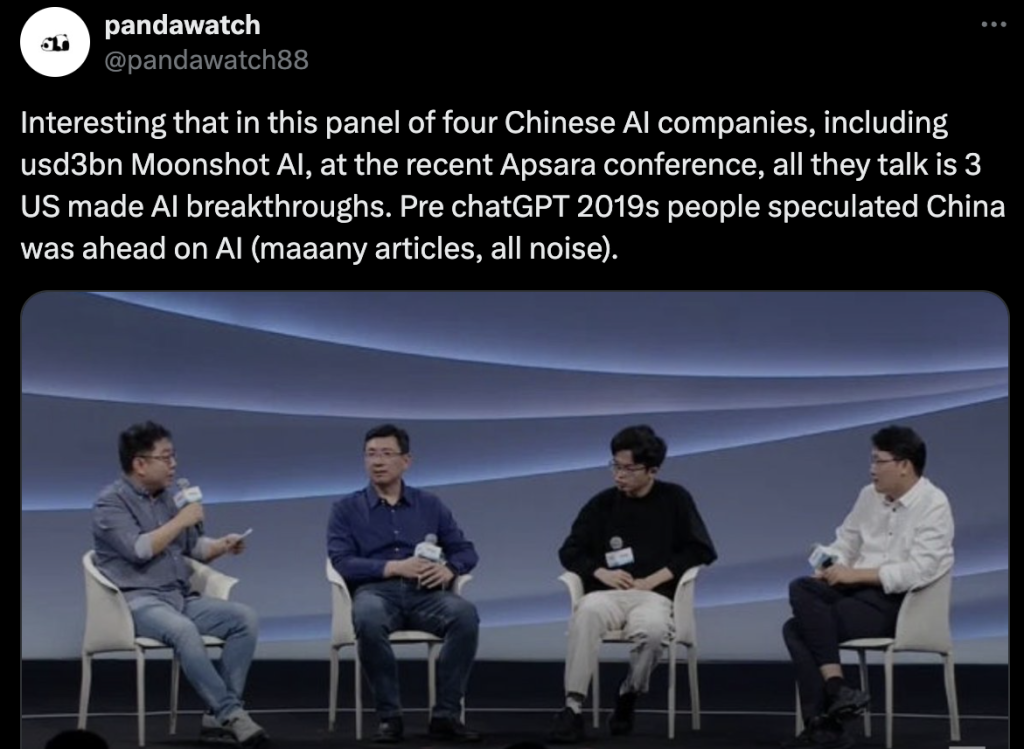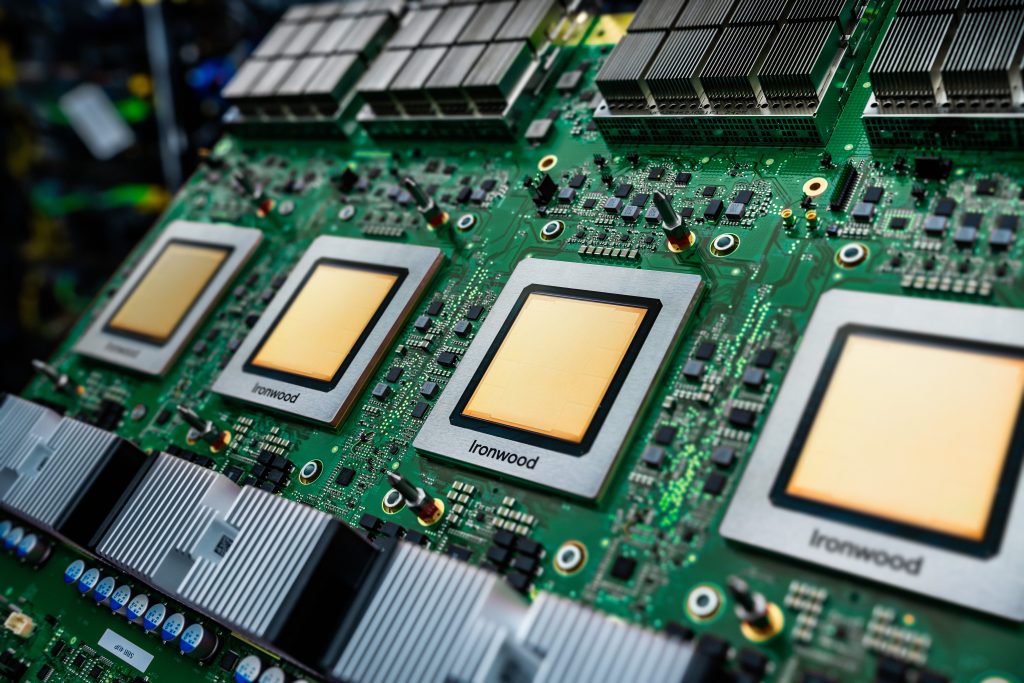- China’s AI start-ups explore new opportunities in LLMs following OpenAI’s o1 model.
- Alibaba Cloud unveils key AI advancements at the Apsara Conference.
China’s leading AI start-ups are seeking new opportunities in the advancing field of large language models (LLMs), as highlighted during the Apsara Conference hosted by Alibaba Cloud in Hangzhou.
As reported by the South China Morning Post, developments follow the recent preview of OpenAI’s latest series of LLMs, which are foundational to generative AI technologies, according to discussions from industry leaders at the event.
The recently revealed OpenAI o1 model, developed by the Microsoft-backed company, is a generative pre-trained transformer model. According to OpenAI, its approach is intended to tackle complex tasks, enabling advancements in fields such as science, coding, and mathematics. Kunal Zhilin, the founder of Moonshot AI, spoke about the significance of the new model at the Apsara Conference.
Zhilin emphasised that the scalability of AI systems using reinforcement learning could usher in a new era of AI development. He said reinforcement learning will push the scaling law, which posits larger models with more training data tend to perform better. “This approach raises the ceiling for AI capabilities,” Zhilin said, and that OpenAI o1 has the ability to disrupt many industries and create new opportunities for AI start-ups.
AI’s shift towards complex problem-solving
OpenAI has emphasised the relevance of the new models’ ability to spend more time considering problems before giving answers, which mimics human-like problem-solving processes. These models, by refining their thinking strategies and learning from mistakes, have the potential to increase AI’s problem-solving capabilities.
Zhilin also pointed out that companies reaching a sufficient threshold of computing power will be in a position to innovate not only in algorithms but also in foundational models. He views this development as a turning point for AI, particularly since AI developers are increasingly using reinforcement learning to generate new data as they exhaust the available organic training data.
Jiang Daxin, founder and CEO of StepFun agreed with the statement, claiming that OpenAI o1 has taken reinforcement learning to a new level, and is laying the groundwork for future AI advancements. Daxin, however, emphasised that computational power remains a challenge for many start-ups, particularly because Chinese enterprises’ access to advanced semiconductors is limited by US trade restrictions. “The computational requirements are still high,” Daxin said, recognising the challenges for companies working on artificial general intelligence (AGI), which aspires for systems with self-awareness and autonomous learning capabilities.
According to an unnamed staff member from Baichuan AI, only a handful of Chinese AI start-ups — including Moonshot AI, Baichuan AI, Zhipu AI, and MiniMax, collectively known as the “AI tigers” — are positioned to invest in reinforcement learning on a large scale. These companies are deeply engaged in LLM development, each working toward the next generation of AI technologies.

Alibaba Cloud’s major announcements at Apsara
Alibaba Cloud made many major announcements at the conference, including its most ambitious open-source initiative of the year. The Qwen 2.5 model family was introduced, which includes advancements in coding and mathematical capabilities.
The models, which range in size from 0.5 billion to 72 billion parameters, can accommodate about 29 languages, including Chinese, English, French, and Spanish. Specific models such as Qwen2.5-Coder, built for coding, and Qwen2.5-Math, for mathematics, were also showcased. These have already achieved some popularity, with over 40 million downloads from Hugging Face and ModelScope.
Alibaba Cloud expanded its multimodal solutions by introducing a text-to-video model in its image generator Tongyi Wanxiang. The model can create videos in a number of styles, including realistic and animated, which could be valuable in advertising and film production.
The company also launched Qwen 2-VL, the latest iteration of its vision language model. Capable of processing videos over 20 minutes long and supporting video-based question-answering, Qwen 2-VL shows great potential as a visual agent. The model, available in versions optimised for mobile deployment and document understanding, can facilitate complex interactions similar to human perception, enabling applications in mobile devices and robotics.
Read here for more on what happened at the conference.







